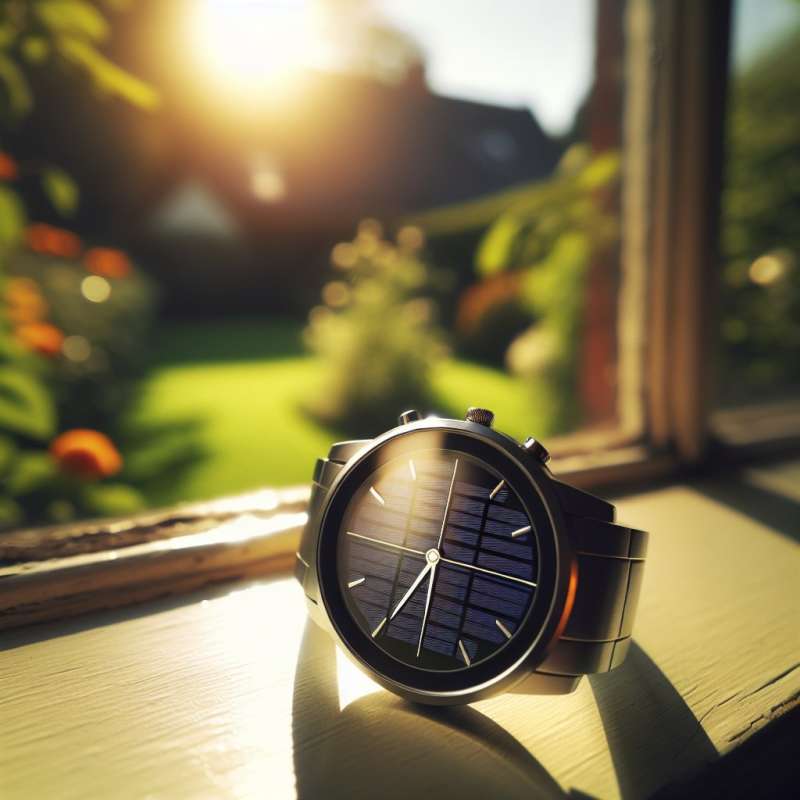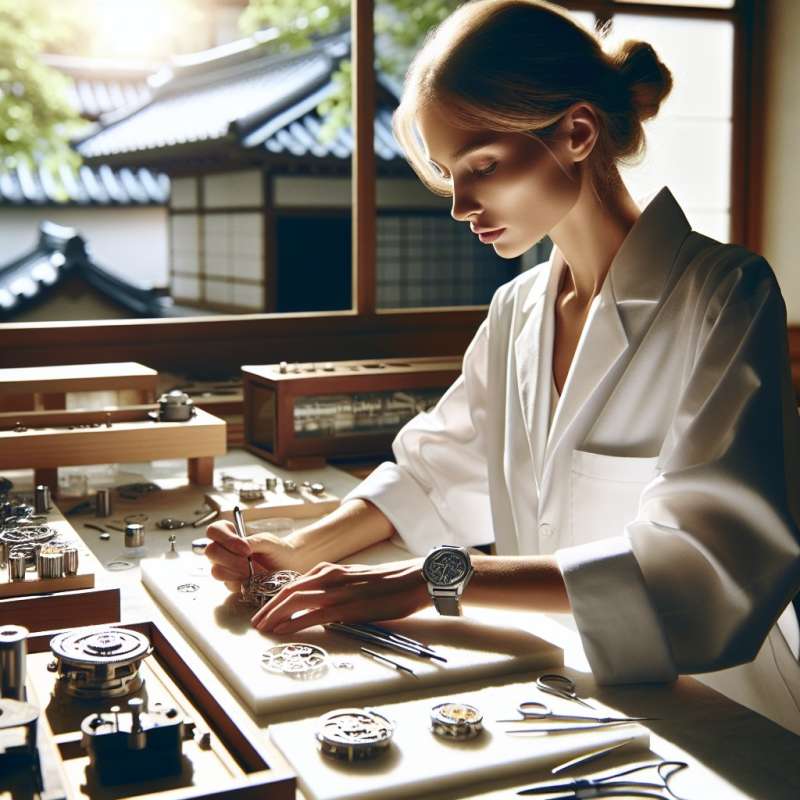
Early Beginnings: Edo Period
Japanese horology began in the Edo period (1603-1868) with mechanical clocks called 'wadokei.' These unique timepieces adapted Western technology but featured Japanese timekeeping, dividing day and night into six unequal periods.
Seiko's Revolutionary Impact
In 1969, Seiko shocked the world by introducing the Astron, the first quartz wristwatch. This innovation not only revolutionized wristwatches but also drastically lowered the cost, making precise timekeeping accessible to the masses.
Citizen's Eco-Drive Technology
Citizen launched Eco-Drive in 1996, a groundbreaking technology that uses light to power watches. This innovation eliminated the need for battery replacements, offering a more sustainable and environmentally friendly option.
Grand Seiko: Luxury Redefined
Introduced in 1960, Grand Seiko aimed to compete with Swiss luxury brands. Known for their meticulous craftsmanship and Spring Drive technology, Grand Seiko watches blend traditional techniques with modern advancements.
Modern Innovations and Future
Japanese watchmakers continue to innovate with smartwatches and hybrid models. Seiko's recent advancements in GPS solar watches and Citizen's Bluetooth-enabled models are pushing the boundaries of what wristwatches can achieve.Wadokei's Unique Mechanism
Wadokei clocks required manual adjustment daily due to seasonal changes, as Japan's variable day lengths influenced the timekeeping system.
When did Japanese horology begin?
During Meiji period (1868-1912)
During Edo period (1603-1868)
During Taisho period (1912-1926)
Company